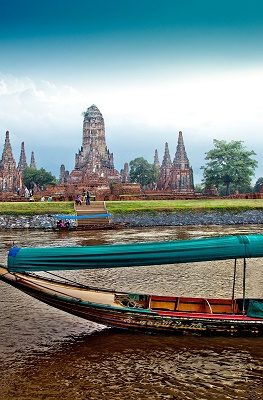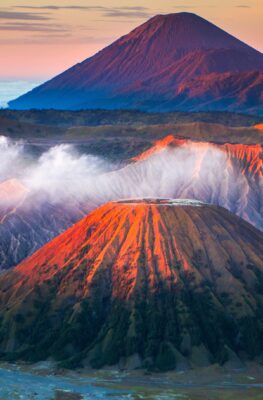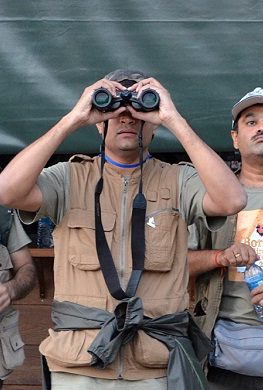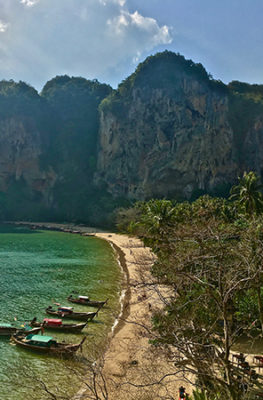Published on March 21, 2014
By Decision of the Indonesian Minister for Marine and Fishery, Sharif C. Sutardjo, no. 4/KEPMEN/-kp/2014, that prohibits the catch and export of manta rays across the seas of the Indonesian archipelago, the Indonesian waters have become the largest conservation area in the world for manta rays starting February 2014.
Indonesia boasts two manta species that make the Indonesian waters their playground, unlike elsewhere, where only one species of manta is found. These are the coral manta (manta alfredi) and the oceanic manta (manta birostris).
Mantas are listed as endangered species as specified by the International Union for the Conservation of Nature.Therefore, based on this consideration, mantas must be protected throughout the Indonesian seas and are prohibited for export, stated Minister Sharif.
Mantas have long been hunted for their fins that are believed to promote health and prowess. Hundreds of marine police will be put on guard especially in conservation areas of natural marine parks to ensure their continued protection, said Minister Sharif. Last year, the district of Raja Ampat in West Papua, already announced that the Raja Ampat seas are a manta conservation area.
Indonesia has become the second most popular dive site to watch manta rays. Divers can easily swim with manta around Raja Ampat, Wakatobi, Komodo National Park, the Savu Seas and south of Bali near Nusa Penida.
Mantas are charismatic and imposing sea creatures that are harmless, non venomous, and are friendly to humans, except that divers must watch out as not to swim into the path of these giant animals, whose wings span some 7 meters from end to end. Mantas must be protected since they are known to breed very slowly. A manta reaches sexual age at 8 to 10 years. The time of gestation is between 2 – 5 years for a manta to produce 1 young only. Since a manta can reach 40 years of age, during its lifespan it can produce only between 6 to 8 babies.
In Indonesia, diving with manta tourism is estimated to produce a revenue of USid=”mce_marker”5 million per year. This compares to US$442,000 for extractive fishery. By protecting the manta on the one hand and promoting the Indonesian seas for manta diving on the other, this will benefit all parties.Through such efforts Indonesia may well grow into the top destination for manta diving.
Last year, the Science Institute of Indonesia (LIPI) estimated that there are 17,000 manta rays in the Indonesian seas. Some were caught for their fins that the manta uses to sift plankton, but are caught for Chinese medicine. Fortunately, thus far, manta catch in Indonesia is relatively small compared to other countries, like in Sri Lanka for example.
Countries already banning the catch of manta rays are: Australia, Equador, the European Union, Mexico, New Zealand, the Philippines, Guam, Yap Islands in Micronesia, the North Mariana Islands, and Hawaii and Florida in the United States.
Photo Courtesy AFP Photo/Sterling Zumbrunn






